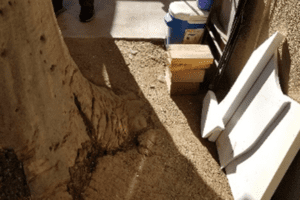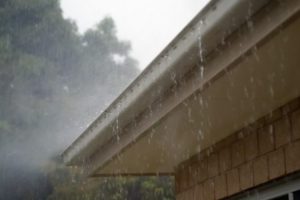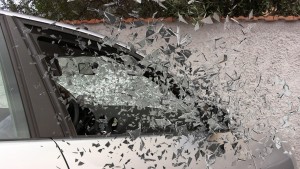
Trees: A Thin Line Between Love & Hate
What do you do when the tree you love is causing damage to your building?…

What do you do when the tree you love is causing damage to your building?…

We were hired to investigate a property that had experienced tree root damage. Tree roots…

During the Thanksgiving holiday the Southland got a little more relief from our record-breaking drought…

Standing water can ruin a property and pose serious issues to a community’s health. It…
When you’re a kid, some things – like stairs and heights, can be really scary.…

Recently we were called out to a client who’d just installed new windows in their…

[caption id="attachment_475" align="alignleft" width="300"] Image courtesy Pixabay.com[/caption] For those who live on a coastline, the…
[caption id="attachment_471" align="alignleft" width="300"] Damage due to wind can be extensive. Image courtesy pixabay.com[/caption] If…
[caption id="attachment_464" align="alignright" width="300"] Aftermath of a roof collapse - image courtesy of pixabay.com[/caption] A…

[caption id="attachment_452" align="alignleft" width="300"] What happens when a car hits your property? Image courtesy…